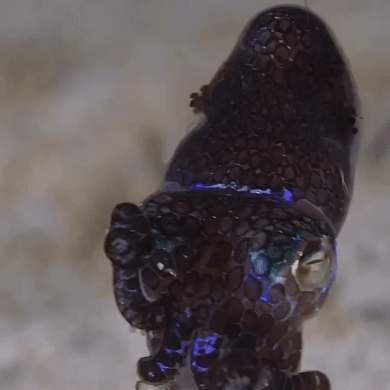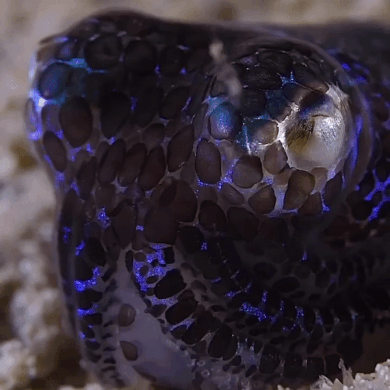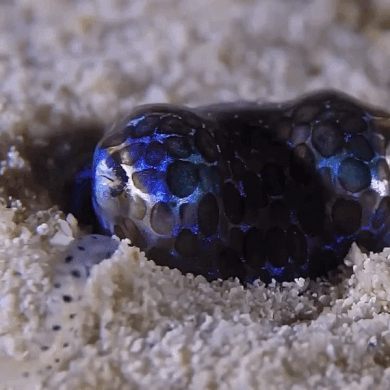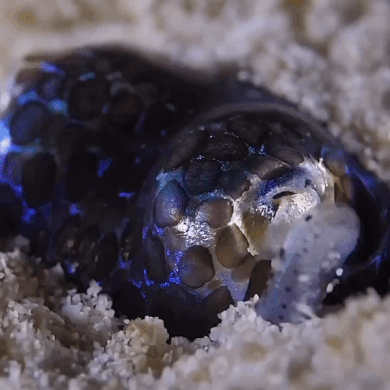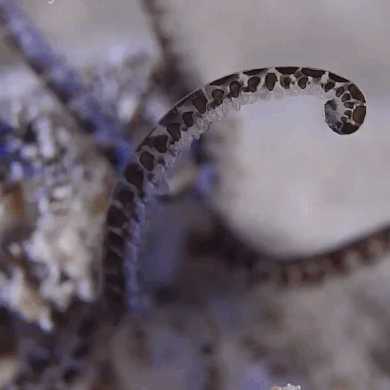INQUISITIVE MIND: Curiosity has the effect of generating novel experiences, which lead to learning and thus improve mental competence. High mental competence in turn fuels curiosity, because it provides the wherewithal to manipulate the world and discover new things. “There is a looming chasm between what your brain knows and what your mind is capable of accessing.” David Eagleman , Incognito: The Secret Lives of the Brain
Don't wanna be here? Send us removal request.
Text
0 notes
Text
0 notes
Photo

Not a parent or a teacher but hope to add perspective
56K notes
·
View notes
Text





THE LEGEND OF HELL HOUSE dir. John Hough, 1973
1K notes
·
View notes
Text

Designer cytokine makes paralyzed mice walk again
Using gene therapy, a research team has succeeded for the first time in getting mice to walk again after a complete cross-sectional injury. The nerve cells produced the curative protein themselves.
To date, paralysis resulting from spinal cord damage has been irreparable. With a new therapeutic approach, scientists from the Department for Cell Physiology at Ruhr-Universität Bochum (RUB) headed by Professor Dietmar Fischer have succeeded for the first time in getting paralyzed mice to walk again. The keys to this are the protein hyper-interleukin-6, which stimulates nerve cells to regenerate, and the way how it is supplied to the animals. The researchers published their report in the journal Nature Communications.
When the communication breaks down
Spinal cord injuries caused by sports or traffic accidents often result in permanent disabilities such as paraplegia. This is caused by damage to nerve fibers, so-called axons, which carry information from the brain to the muscles and back from the skin and muscles. If these fibers are damaged due to injury or illness, this communication is interrupted. Since severed axons in the spinal cord can’t grow back, the patients suffer from paralysis and numbness for life. To date, there are still no treatment options that could restore the lost functions in affected patients.
Designer protein stimulates regeneration
In their search for potential therapeutic approaches, the Bochum team has been working with the protein hyper-interleukin-6. “This is a so-called designer cytokine, which means it doesn’t occur like this in nature and has to be produced using genetic engineering,” explains Dietmar Fischer. His research group already demonstrated in a previous study that hIL-6 can efficiently stimulate the regeneration of nerve cells in the visual system.
In their current study, the Bochum team induced nerve cells of the motor-sensory cortex to produce hyper-Interleukin-6 themselves. For this purpose, they used viruses suitable for gene therapy, which they injected into an easily accessible brain area. There, the viruses deliver the blueprint for the production of the protein to specific nerve cells, so-called motoneurons. Since these cells are also linked via axonal side branches to other nerve cells in other brain areas that are important for movement processes such as walking, the hyper-interleukin-6 was also transported directly to these otherwise difficult to access essential nerve cells and released there in a controlled manner.
Applied in one area, effective in several areas
“Thus, gene therapy treatment of only a few nerve cells stimulated the axonal regeneration of various nerve cells in the brain and several motor tracts in the spinal cord simultaneously,” points out Dietmar Fischer. “Ultimately, this enabled the previously paralyzed animals that received this treatment to start walking after two to three weeks. This came as a great surprise to us at the beginning, as it had never been shown to be possible before after full paraplegia.”
The research team is now investigating to what extent this or similar approaches can be combined with other measures to optimize the administration of hyper-Interleukin-6 further and achieve additional functional improvements. They are also exploring whether hyper-interleukin-6 still has positive effects in mice, even if the injury occurred several weeks previously. “This aspect would be particularly relevant for application in humans,” stresses Fischer. “We are now breaking new scientific ground. These further experiments will show, among other things, whether it will be possible to transfer these new approaches to humans in the future.”
682 notes
·
View notes

